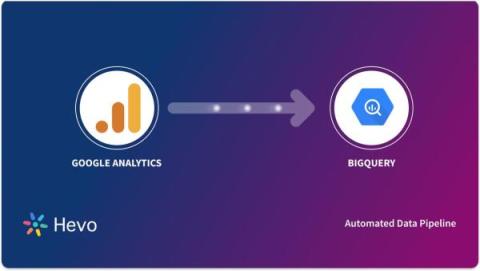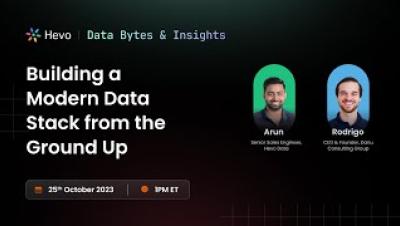Systems | Development | Analytics | API | Testing
Analytics
Cloud Analytics Powered by FinOps
Cloud transformation is ranked as the cornerstone of innovation and digitalization. The legacy IT infrastructure to run the business operations—mainly data centers—has a deadline to shift to cloud-based services. Agility, innovation, and time-to-value are the key differentiators cloud service providers (CSP) claim to help organizations speed up digital transformation projects and business objectives.
Collect Logs and Traces From Your Snowflake Applications With Event Tables
We are excited to announce the general availability of Snowflake Event Tables for logging and tracing, an essential feature to boost application observability and supportability for Snowflake developers. In our conversations with developers over the last year, we’ve heard that monitoring and observability are paramount to effectively develop and monitor applications. But previously, developers didn’t have a centralized, straightforward way to capture application logs and traces.
ClearML Announces Extensive New Capabilities for Optimizing GPU Compute Resources
To ensure a frictionless AI/ML development lifecycle, ClearML recently announced extensive new capabilities for managing, scheduling, and optimizing GPU compute resources. This capability benefits customers regardless of whether their setup is on-premise, in the cloud, or hybrid. Under ClearML’s Orchestration menu, a new Enterprise Cost Management Center enables customers to better visualize and oversee what is happening in their clusters.
Building a Modern Data Stack from the Ground Up
Build AI-driven near-real-time operational analytics with Amazon Aurora zero-ETL integration with Amazon Redshift and ThoughtSpot
Every business that analyzes their operational (or transactional) data needs to build a custom data pipeline involving several batch or streaming jobs to extract transactional data from relational databases, transform it, and load it into the data warehouse. In this post, we show how you can leverage Amazon Aurora zero-ETL integration with Amazon Redshift and ThoughtSpot for GenAI driven near real-time operational analytics.
COMING SOON: Uncover Opportunities In Your Data With New Visualizations and More Powerful Charts
Send New Crashes To Your Slack Using Countly
Countly has many powerful features, and one of them is Hooks. You can set up custom triggers and actions, and we want to expand it even further. But for now, let’s check some simple but powerful use cases you can implement. Notifying you in Slack about new crashes happening in your app.











